The Ho Chi Minh Memorial Site is located on a nearly 10,000 square meter campus in Nong On village, Mueang district, Udon Thani province, Northeast Thailand. This is the first memorial dedicated to President Ho Chi Minh, showcasing his revolutionary activities in Thailand during 1928-1929.
Aside from its cultural and historical significance, the site is a vivid symbol of friendship between the peoples of Vietnam and Thailand, reflecting the deep respect Thai people and overseas Vietnamese have for President Ho Chi Minh and the Vietnamese nation.

Located about 10 km west of Udon Thani center, the Ho Chi Minh Memorial
Site is a renowned local tourist attraction and a source of pride for the
Vietnamese community. It preserves memories, artifacts and images of President
Ho Chi Minh. A notable feature is the replica of the house where he lived and
worked during his revolutionary activities.
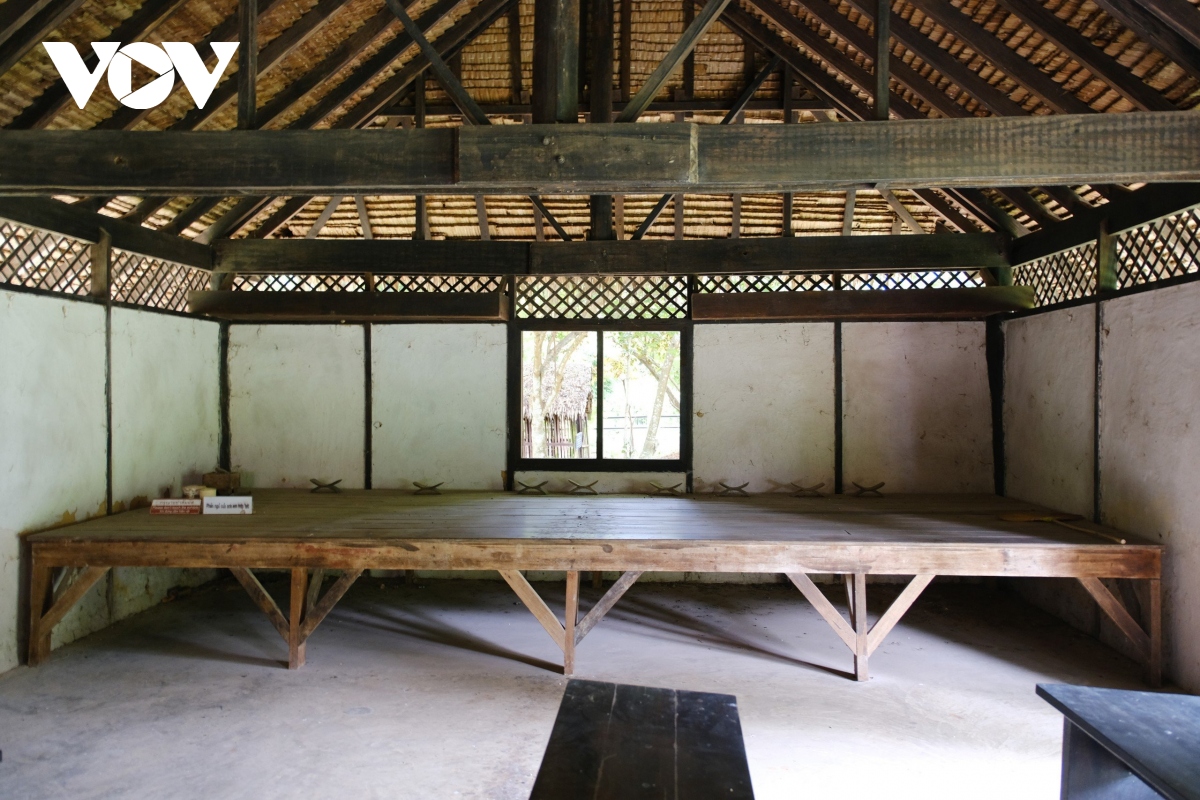
The memorial site is divided into two sections: the Trai Cua and the
Multi-functional Area. The Trai Cua, where President Ho Chi Minh stayed and
conducted revolutionary activities from 1928 to 1929, is reconstructed with a
main three-room house. The central room is for meetings and learning; the left
room has a wooden table and chairs where President Ho Chi Minh worked, and a
small bed in the corner; the right room has a wooden platform running the
length of the room for comrades to rest.
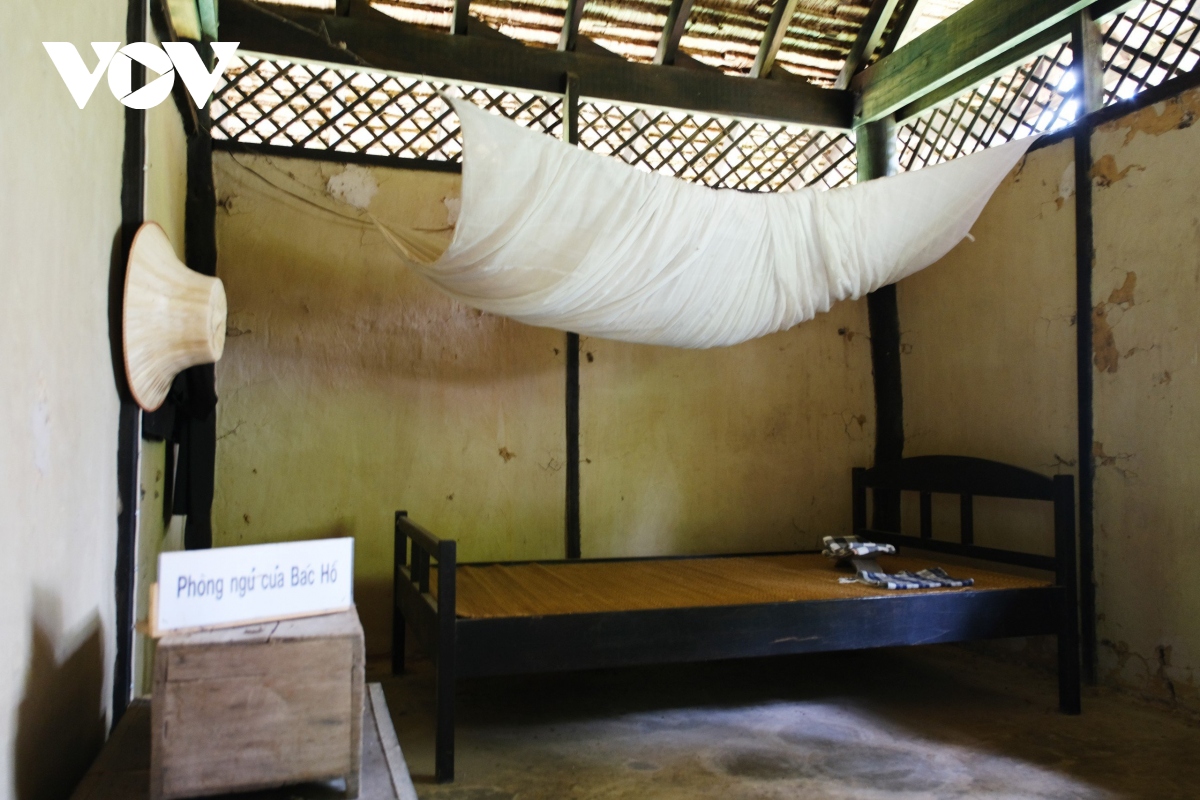
The house and its furnishings closely resemble those used by President
Ho Chi Minh during his stay.
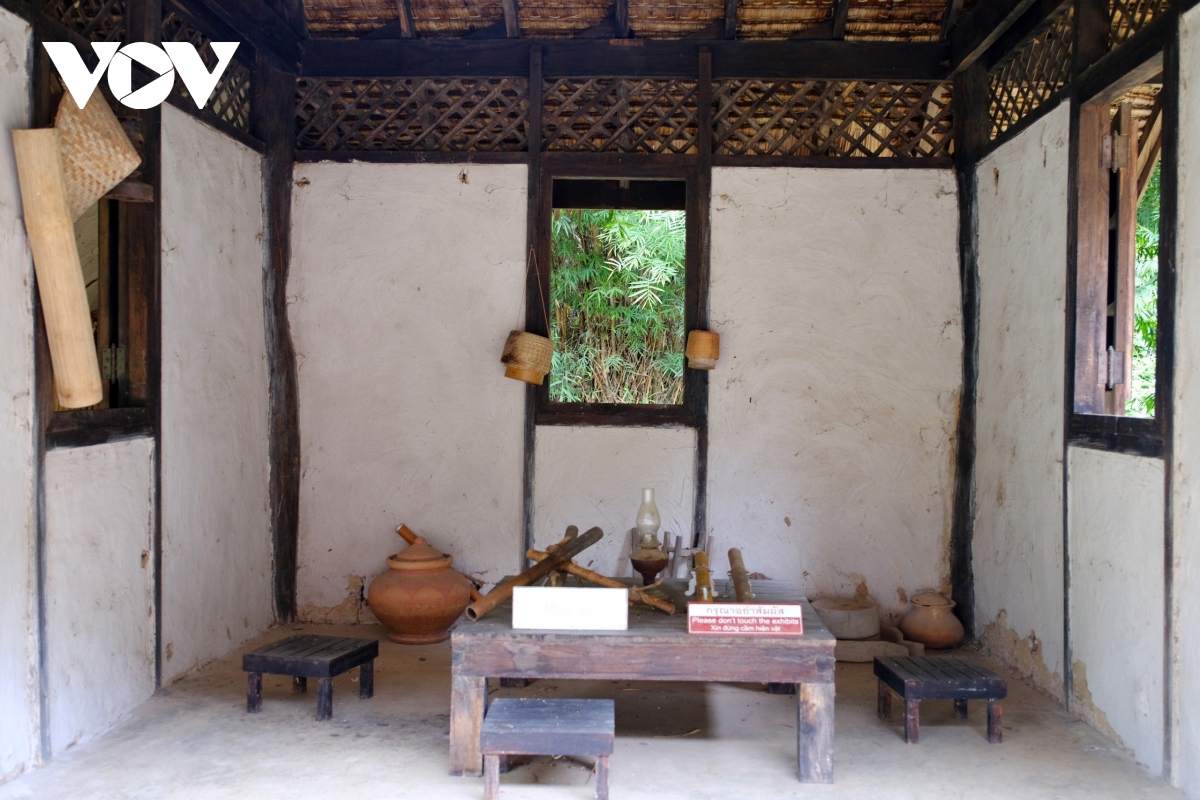
Everyday items he used are displayed in the memorial site…

… evoking the scenery of his native village Sen in Nghe An province, his
hometown.
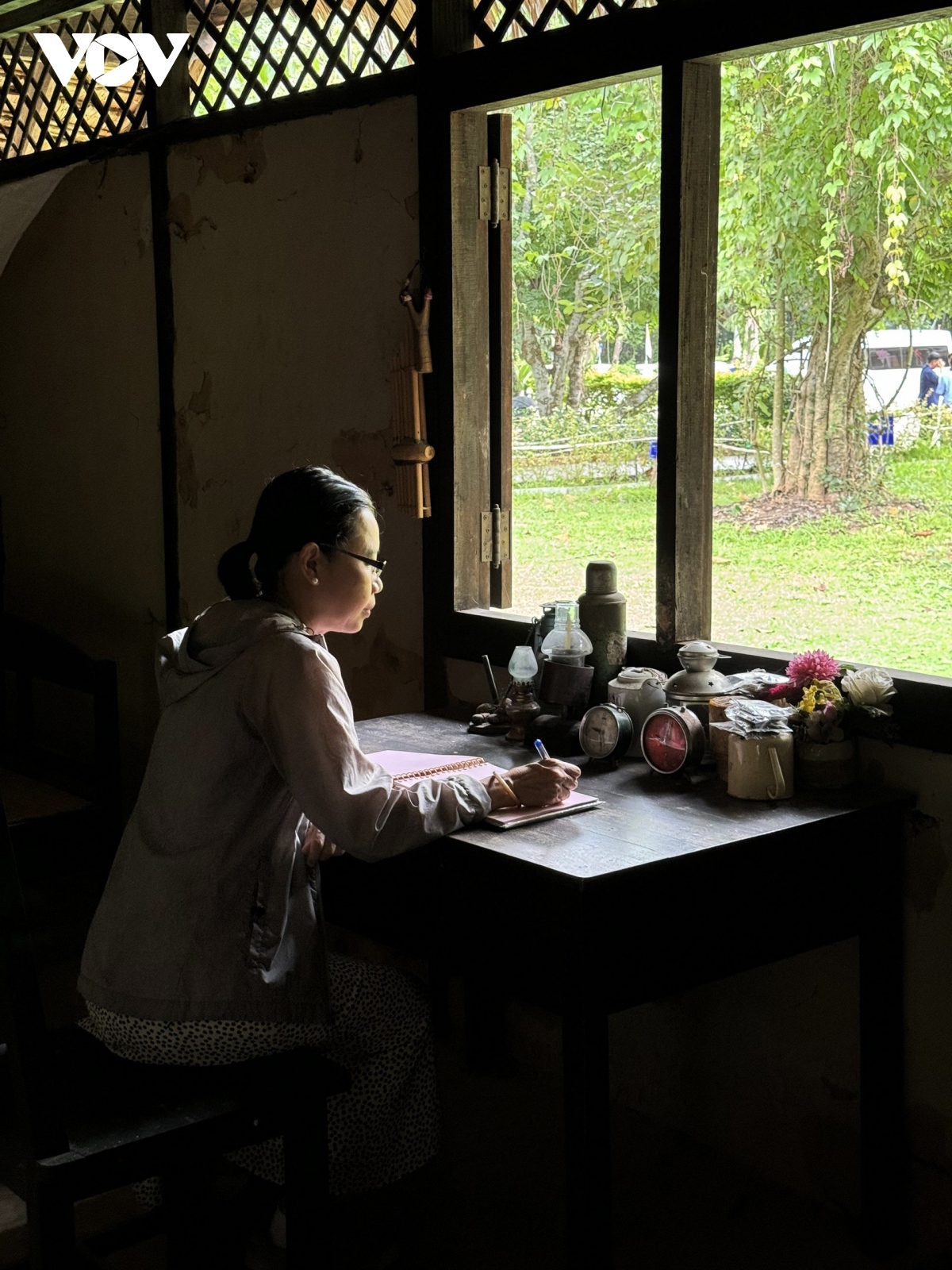
Visitors leave notes at the memorial site.
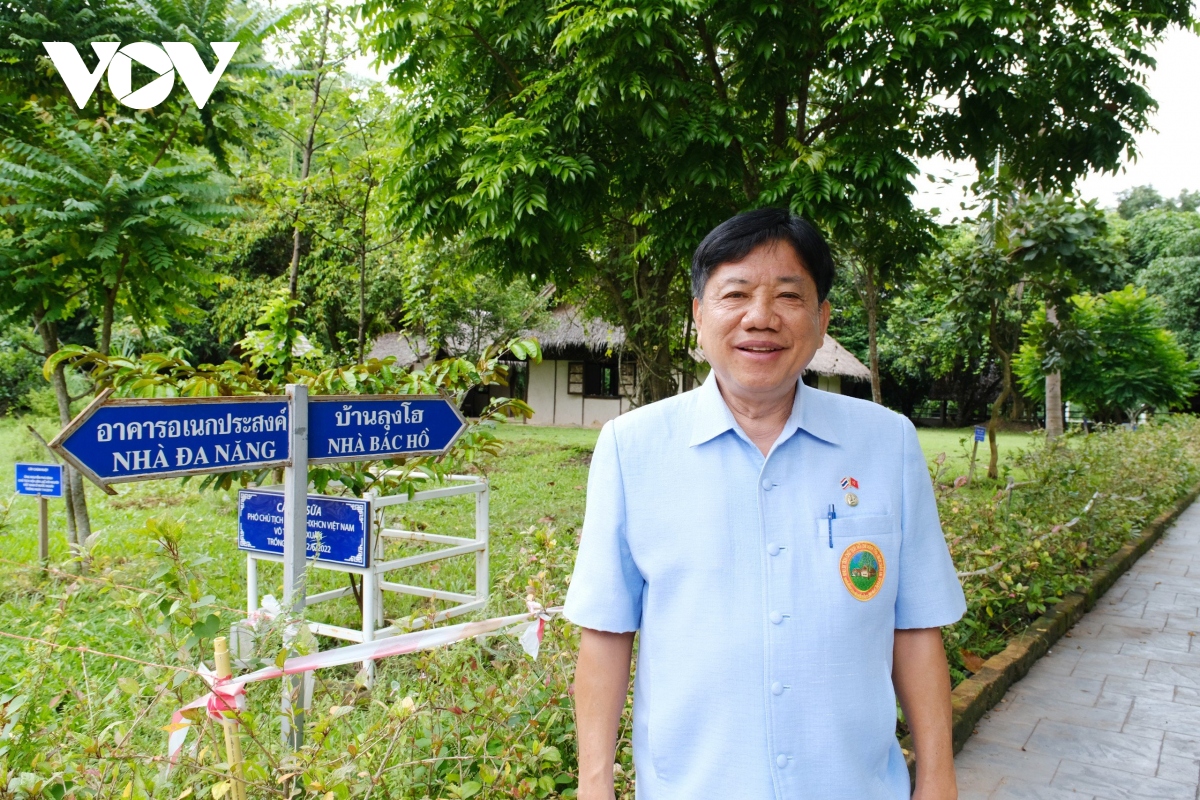
Pham Duc Dau, head of the Ho Chi Minh Memorial Site management board,
shared that the site has become a famous tourist spot, attracting many visitors
to Udon Thani, contributing to the province's status as the economic, cultural
and tourism capital of Northeast Thailand.

In the Multi-functional Area, the main room features an altar with a
traditional bronze statue of President Ho Chi Minh.
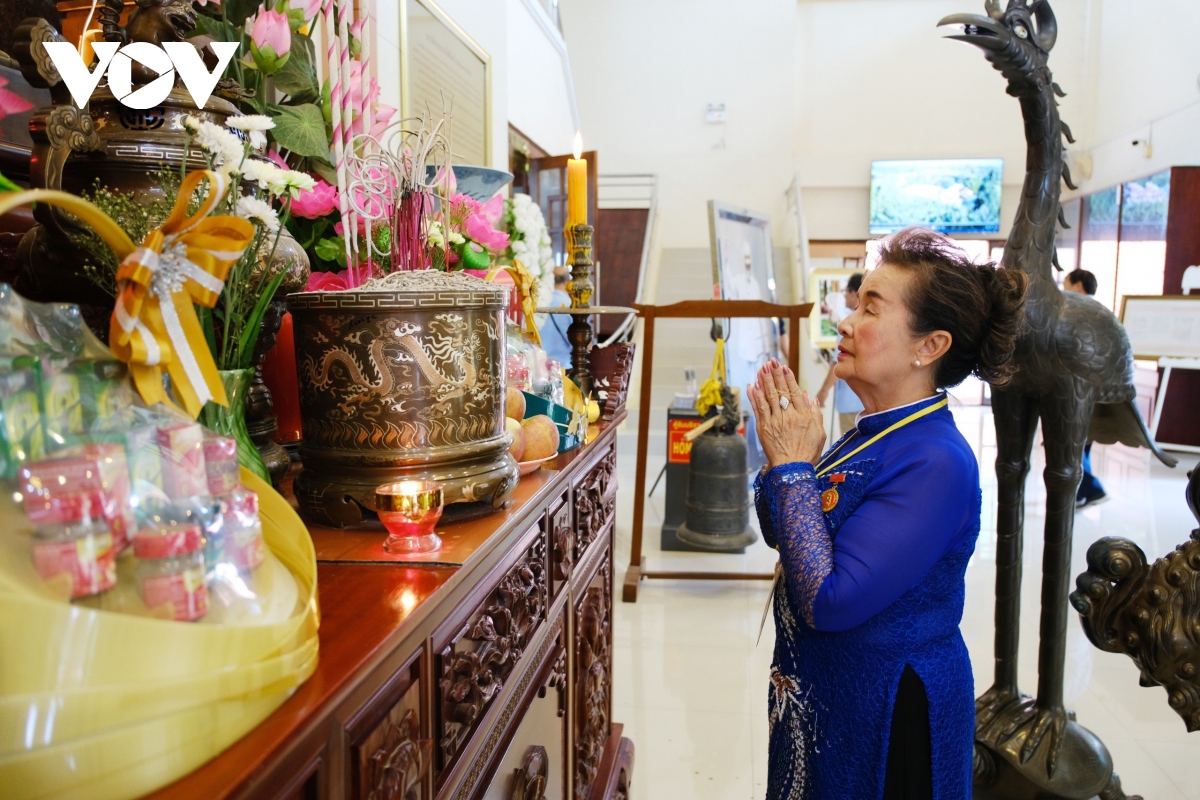
This site serves as a place for generations of Vietnamese and Thai
people to learn about President Ho Chi Minh's life and career, supporting
community activities and preserving Vietnamese cultural identity in Thailand.

This is the first memorial dedicated to President Ho Chi Minh in
Thailand, built with contributions from overseas Vietnamese, followed by
memorials in Nakhon Phanom and Phichit provinces.
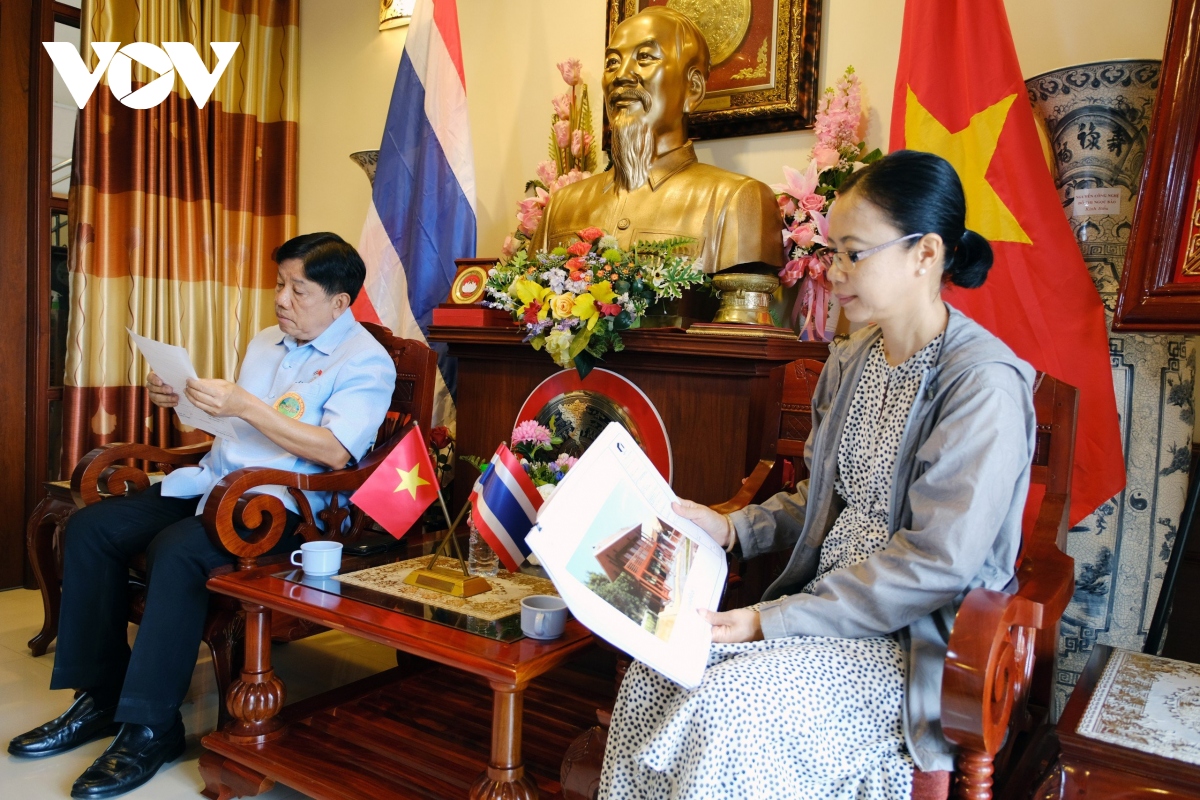
The site is a gathering place for the Vietnamese community during
holidays, President Ho Chi Minh's birthday, and Vietnam's National Day on
September 2.
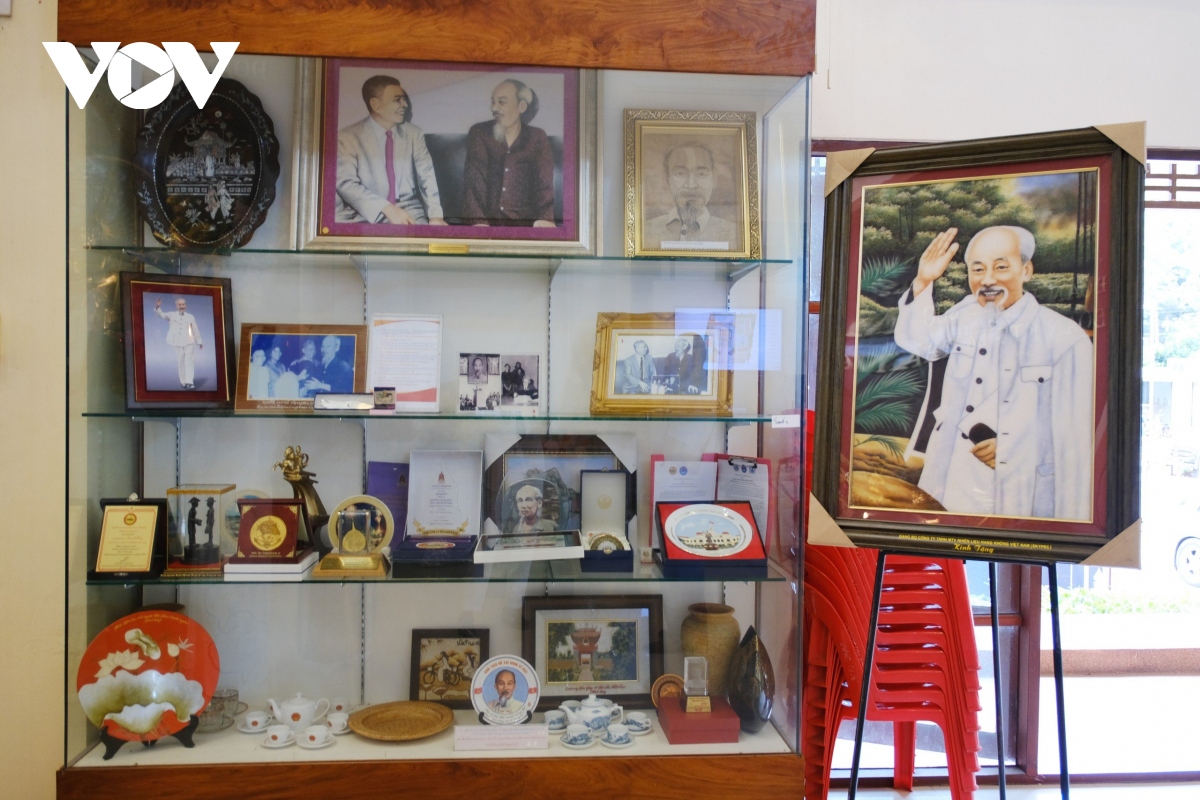
The exhibition hall holds many valuable images and documents: stories of
President Ho Chi Minh's activities in Thailand, his handwritten notes, his
speech to overseas Vietnamese in Thailand upon his return on January 10, 1960,
and a model of his stilt house.
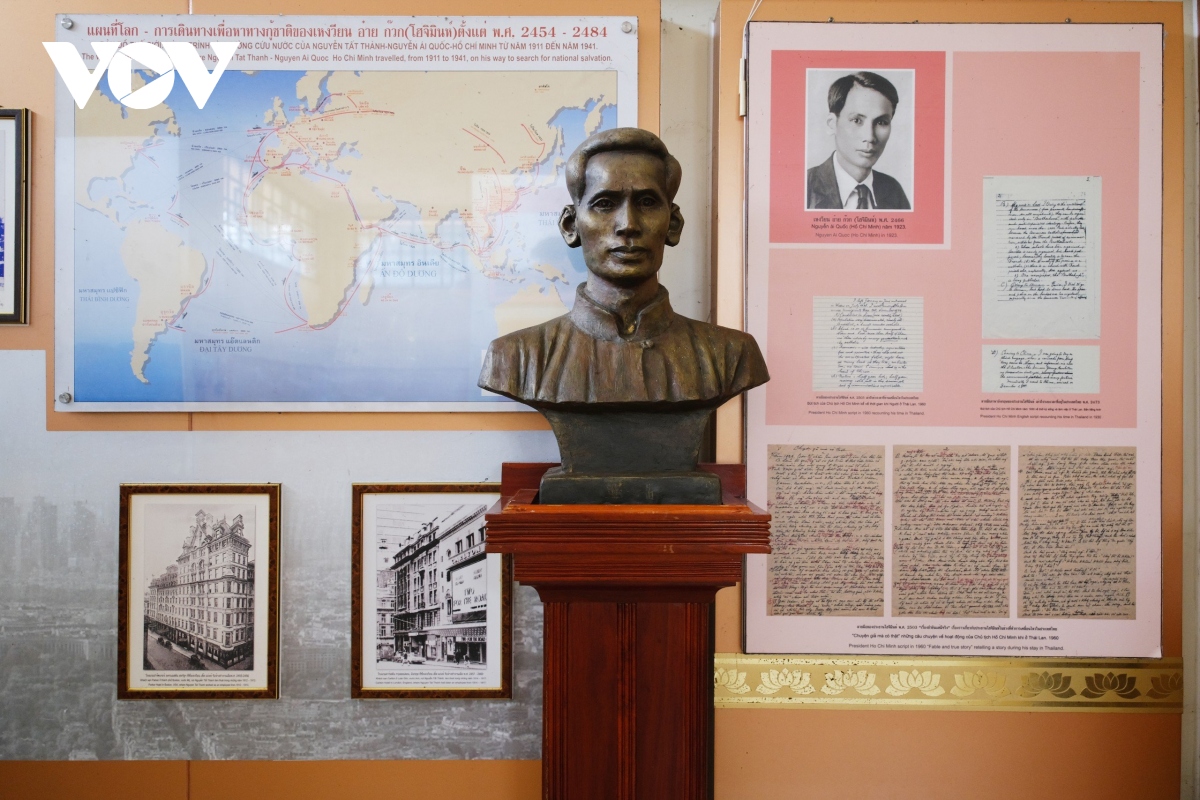
In July 1928, after returning from Europe to Thailand, President H Chi
Minh decided to stay and build a revolutionary movement in Nong Bua village,
Mueang district, Udon Thani province, using various aliases such as Tho, Nam
Son and Thau Chin.
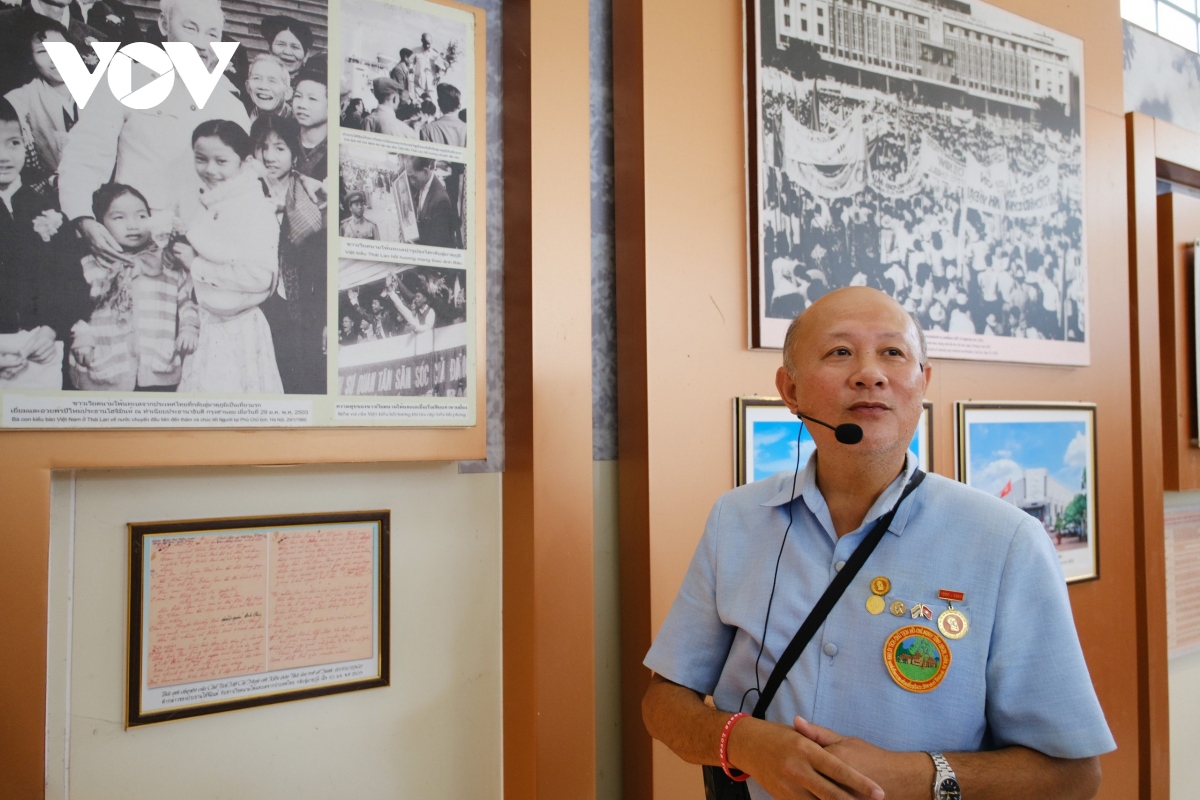
He later moved to Noong On village to expand and consolidate the
grassroots movement, fostering a positive sentiment among the Siamese people
towards the Vietnamese revolution and community. He encouraged respect for Thai
customs while maintaining Vietnamese culture, promoting bilingual literacy.
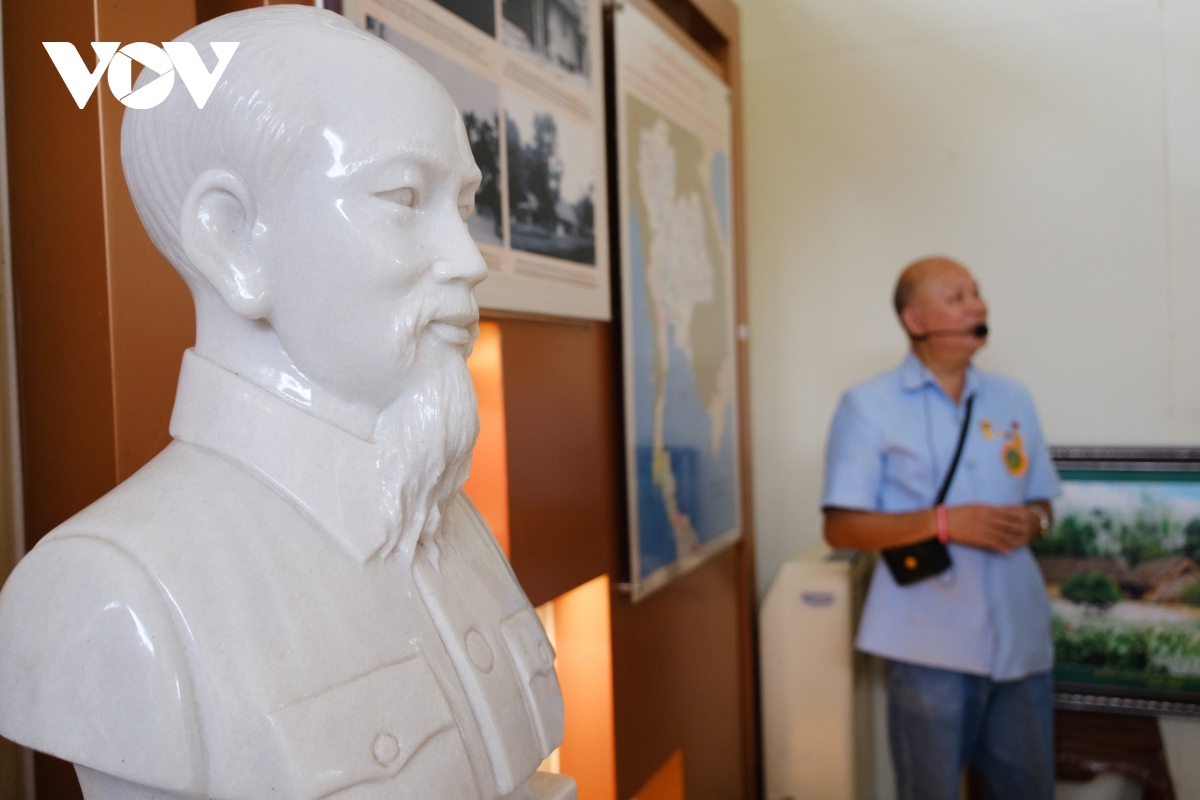
President Ho Chi Minh also spent time translating theoretical books for
training Vietnamese cadres. He also helped overseas Vietnamese dig wells,
cultivate gardens, raise chickens and pigs, and improve their livelihoods.
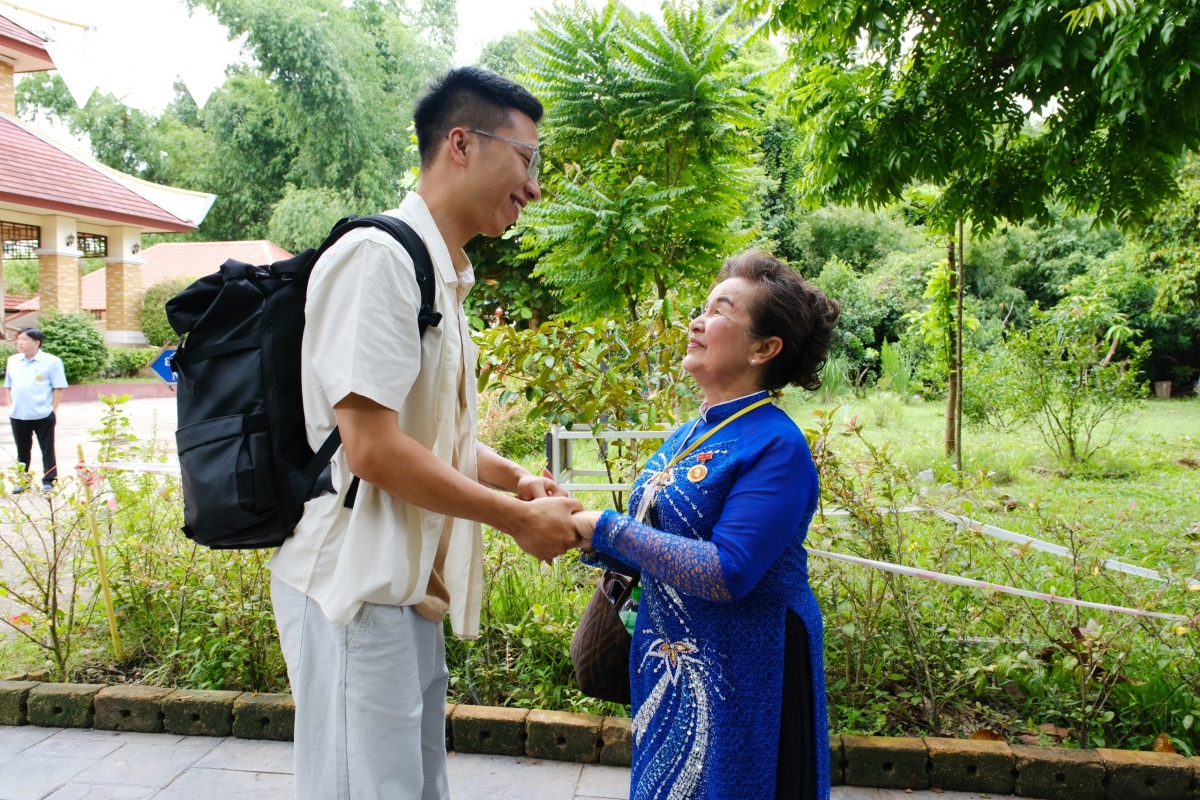
Visiting the Ho Chi Minh Memorial Site in Udon Thani, the Vietnamese
community in Thailand offers heartfelt hospitality to visitors.
BTA (Photos: VOV)